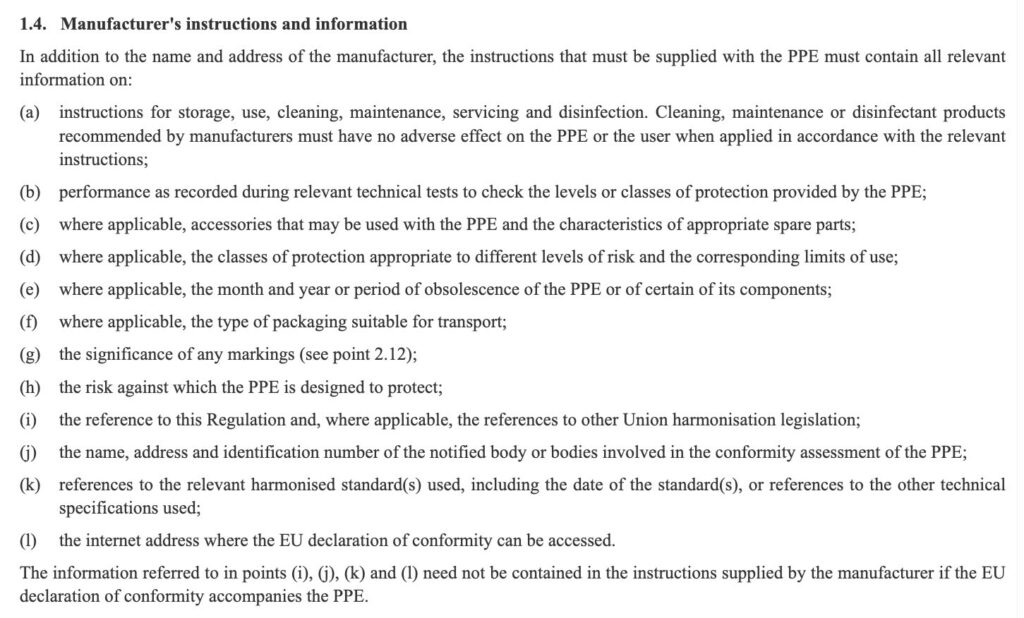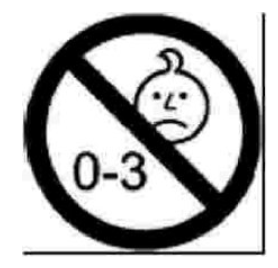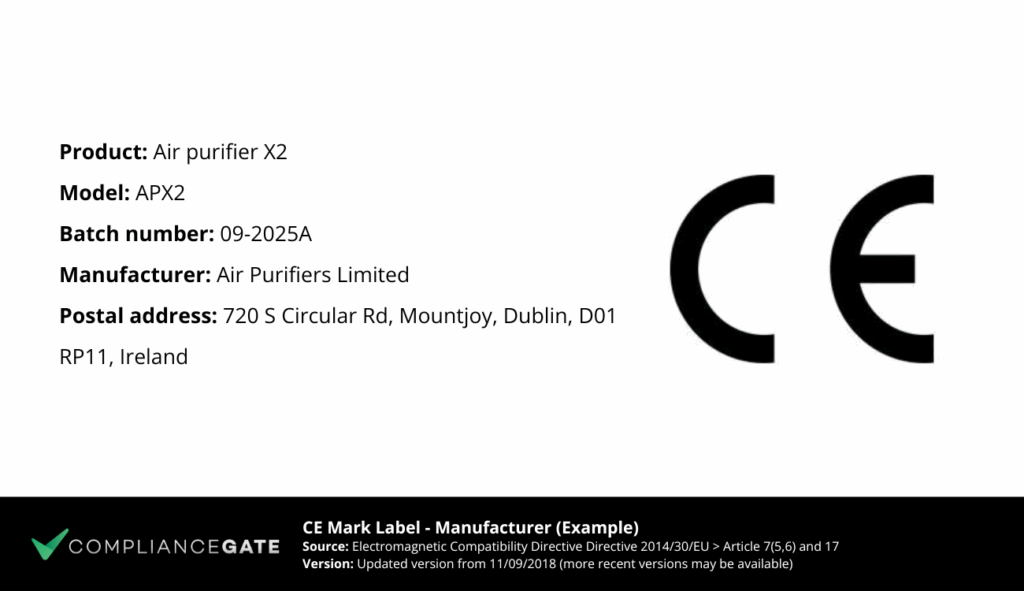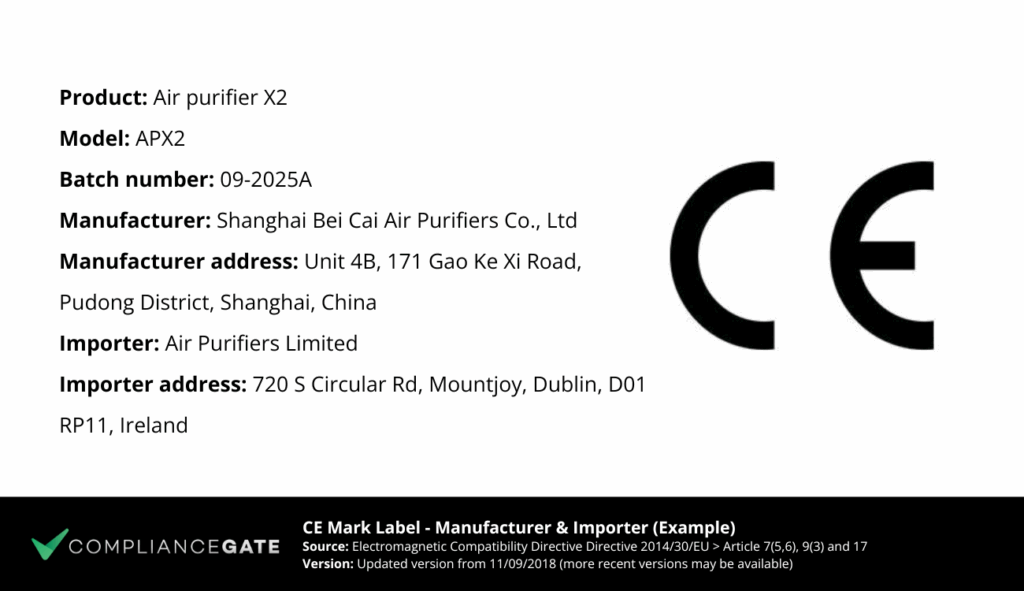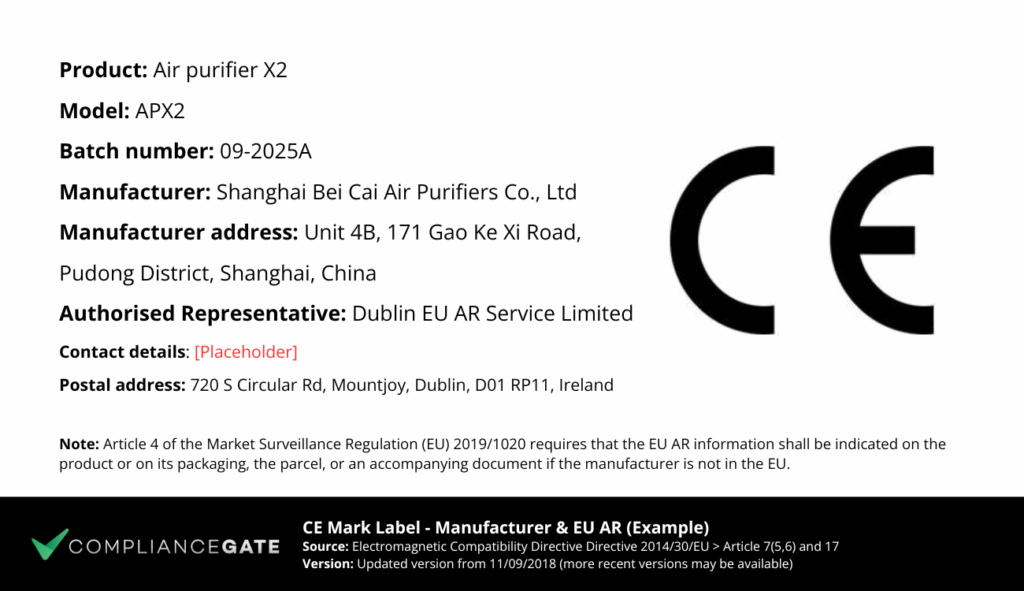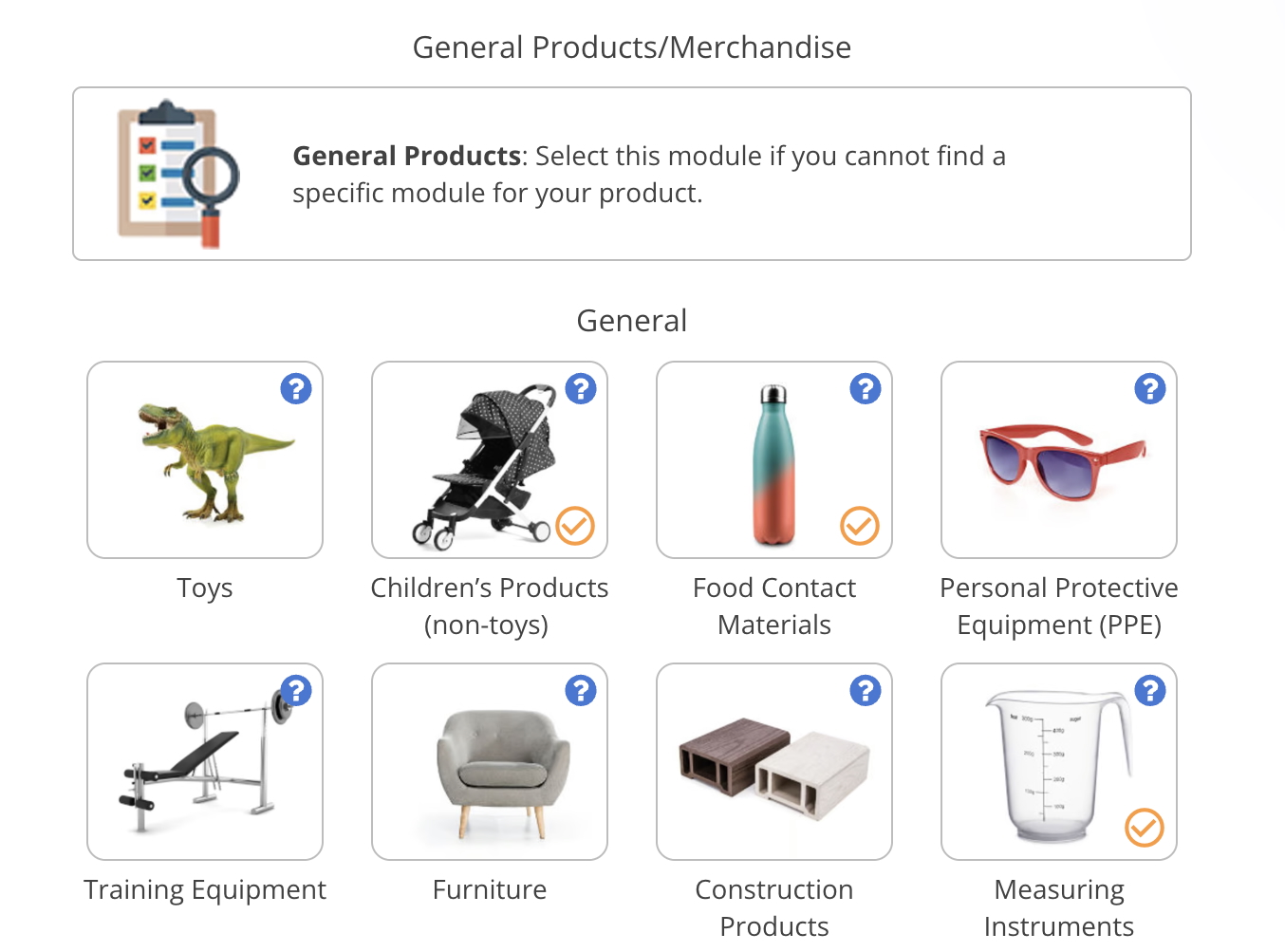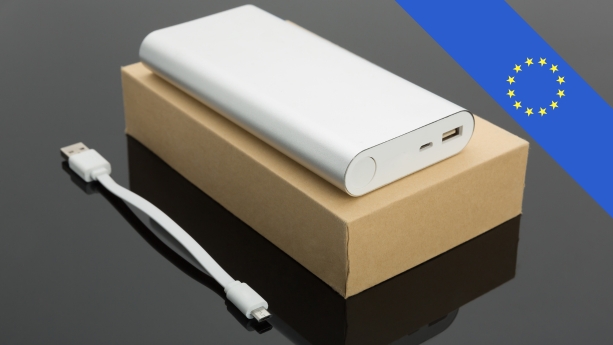
CE marking must be affixed correctly, in terms of the symbol used, but also placement and size. Further, products subject to CE marking requirements must generally also meet additional labelling requirements concerning traceability, instructions, and warnings.
In this guide, we take a closer look at how CE marks must be affixed and other labelling requirements that often come together with CE marking requirements.
Note: This article uses the PPE Regulation and the Council Directive 93/68/EEC as the reference points. That said, the same principles can be found in most other regulations and directives mandating CE marking for toys, electronics, batteries, medical devices, and other requirements.
CE Mark Sample: You can find CE marking label samples at the end of this guide. These samples are based on specific articles from EMC Directive.
Content Overview

FREE CONSULTATION CALL (30 MIN)
 Ask questions about compliance requirements
Ask questions about compliance requirements Countries/markets:
Countries/markets:
 Learn how we can help your business
Learn how we can help your business
You will speak with:Ivan Malloci or John Vinod Khiatani
CE marking
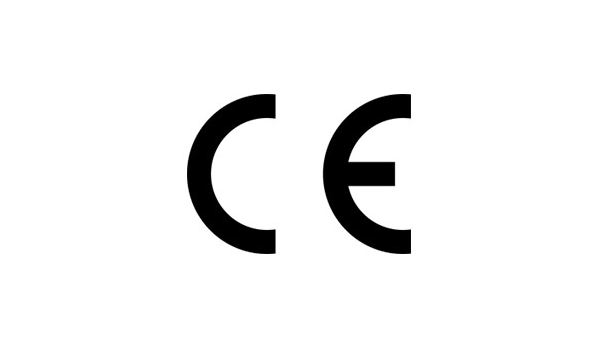
The CE mark is meant to indicate compliance with all applicable EU regulations and directives mandating it. However, the CE mark must be affixed correctly, or the product could be subject to recall.
Use the correct CE mark
You must use the correct CE marking symbol that can be downloaded from official EU websites. Any of the following can render the CE mark invalid:
- Stylised CE marks
- CE marks with adjusted proportions
Placement
The product itself is the default placement for the CE mark.
Article 17 Rules and conditions for affixing the CE marking
1. The CE marking shall be affixed visibly, legibly and indelibly to the PPE. Where that is not possible or not warranted on account of the nature of the PPE, it shall be affixed to the packaging and to the documents accompanying the PPE.
However, you often have the option to affix the CE mark to the packaging or user instructions if the product is either too small or if the CE mark cannot be affixed for other reasons.
Size
The following is stated in Council Directive 93/68/EEC:
The various components of the CE marking must have substantially the same vertical dimension, which may not be less than
As such, the CE mark cannot be too small. The height must be at least 5 mm.
Traceability information
CE marked products are generally also subject to traceability labelling requirements. This tends to include the following:
- Product name, type, or model
- Batch or serial number
- Manufacturer name
- Manufacturer address
- Manufacturer contact point
- Importer name (if any)
- Importer address (if any)
- Importer contact point (if any)
Who is a manufacturer?
In this context, the term manufacturer refers to the company that either operates the factory or contracts production of their products to other suppliers. As such, companies that do not have their own production facilities can be defined as manufacturers when outsourcing production to contract manufacturers.
EU authorised representative
If you are a non-EU company selling directly to consumers in the EU, you will also need to include information about the EU authorised representative.
Instructions
Certain EU regulations and directives mandating CE marking also set requirements concerning user and safety instructions. The following is required under the PPE regulation:
Such instructions are sometimes affixed directly to the product. However, it is also common that instructions are printed on the packaging or in an accompanying booklet.
Warnings
Some CE marking regulations and directives also set requirements concerning warning labels. For example, the following symbol is required for certain toys:
Product standards can also contain symbols and pictograms related to warnings.
CE Mark Label Samples
Manufacturer (EU)
Manufacturer (non-EU) and EU importer
Manufacturer (non-EU) and EU Authorised Representative
FAQ
Can we use a QR code instead of the CE mark or other label information?
No, you cannot use a QR code to replace the CE mark or other labelling information. The CE mark and other labelling information must be affixed physically on the product or the packaging.
Can we CE mark the product once it has arrived in the EU?
CE marking regulations and directives generally require that the CE mark be affixed before a product is “placed on the market”. Finished products imported to the EU are often deemed to be “placed on the market” upon arrival. The expectation is therefore that the products should already be CE marked at this stage.
However, this is not necessarily the case if you buy components that are assembled in an EU production facility. If so, the “placing on the market” would likely occur when the products leave the production lines.
Does the CE mark have to be on the product?
No. The CE mark can be placed on the packaging or an accompanying document in the following scenarios:
- The product is too small
- There is no surface allowing for affixing a CE mark
- The material does not allow for affixing a CE mark
That said, affixing the CE mark to the product is the default case and expected unless you have a good reason not to do so.
Where should the CE mark be placed on the product?
The CE mark must generally be visible on the product surface. As such, CE marking is commonly placed somewhere on the product’s exterior. Placing the CE marking on the inside of the product would likely not be allowed.
What other markings must be on the product alongside the CE mark?
That depends on which EU regulations or directives apply to your product. However, CE marked products must often come with the following label information:
- Traceability
- Instructions
- Warnings
- Pictograms
You may also need to specify the number of the notified body if your product is covered by certain conformity assessment procedures.
Is it sufficient to only CE mark the packaging?
It can be, if the CE mark cannot be affixed to the product. As mentioned above, affixing the CE mark to the product is still the default option and should only be ruled out if it is not possible to do so for technical reasons.
Can we include the CE mark in the user instructions?
Yes, CE marking is commonly included in accompanying user instructions. However, you need to read the text in all applicable regulations and directives to determine the exact placement.
What is the minimum size of the CE mark?
The height (vertical dimensions) of the CE mark must generally be at least 5 mm.
What is the maximum size of the CE mark?
I am not aware of any maximum size for CE marks.
Who is responsible for affixing the CE mark?
The manufacturer is generally responsible for affixing the CE mark.
However, EU importers are responsible for verifying that the CE mark is affixed and that this has been done correctly.
What happens if the CE mark is incorrectly applied?
Your product could be subject to a recall if the CE mark or other label information is incorrectly applied.

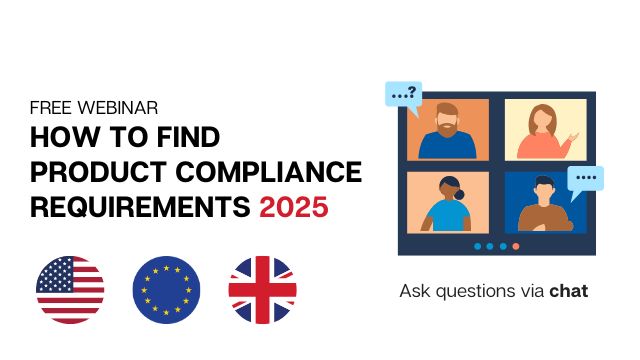
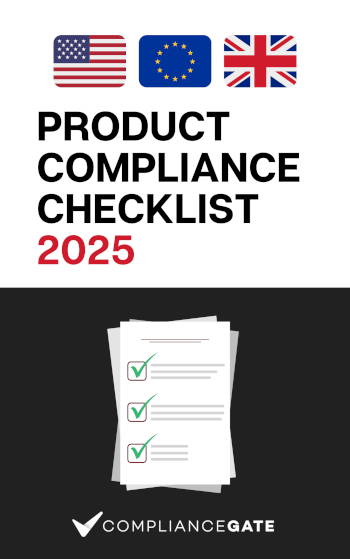




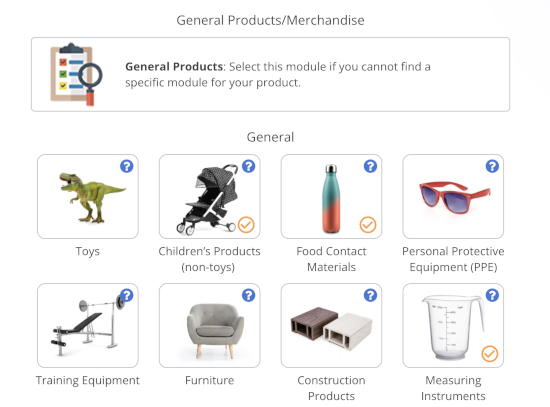






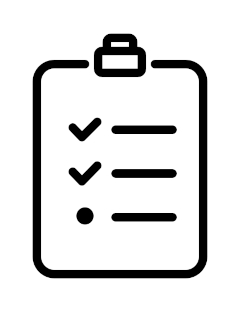


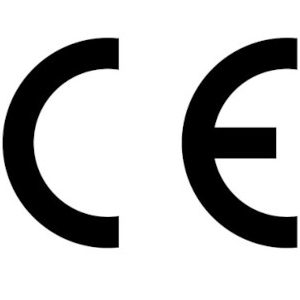




.png)
.png)
.png)
